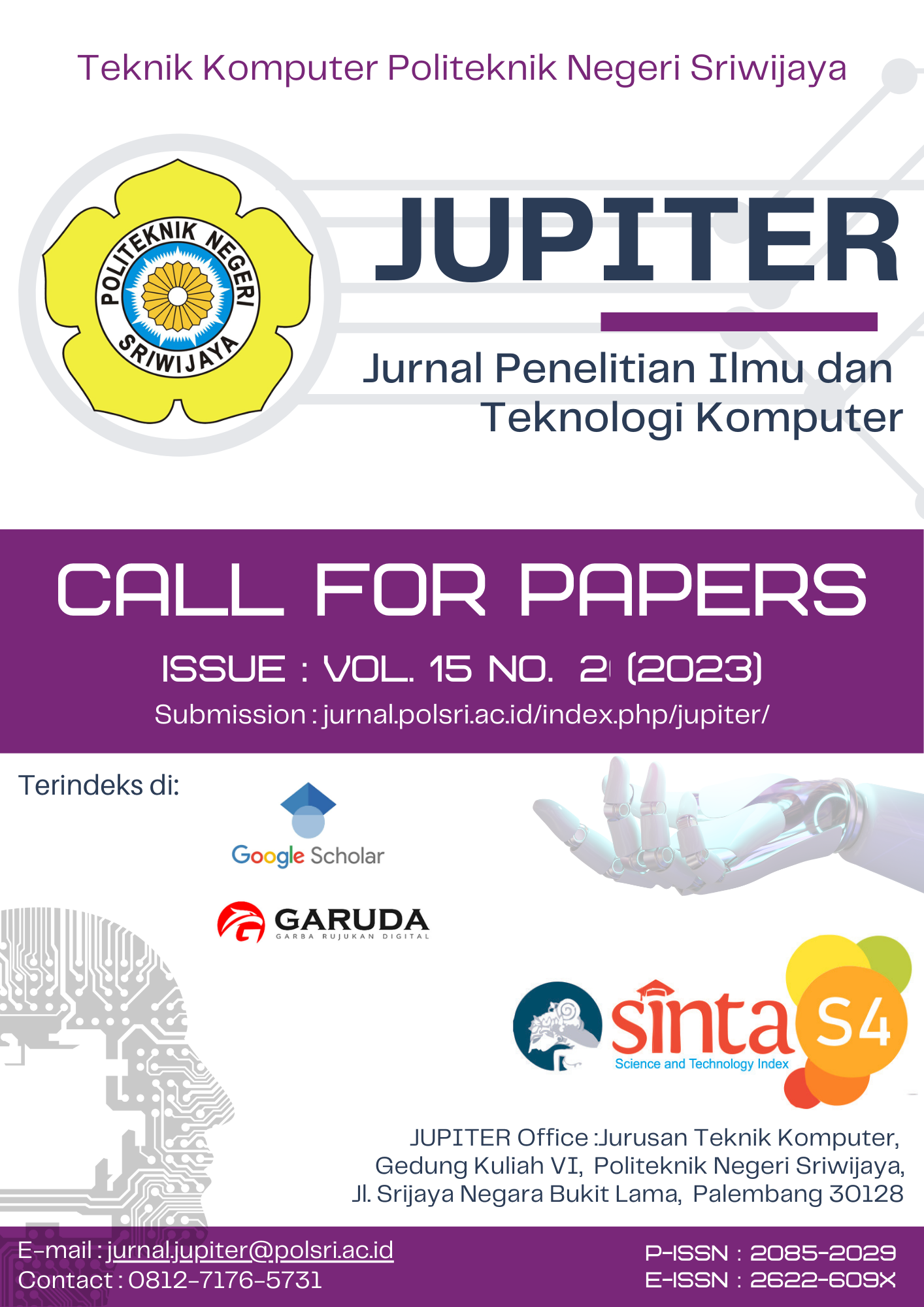Prediksi Harga Saham Menggunakan Empirical Mode Decomposition dan Feed Forward Neural Networks
DOI:
https://doi.org/10.5281/zenodo.10068884Abstract
Stocks are a very market and shares are a characteristic of a company and their movements are influenced by the market. So if a company experiences problems, the company's shares may experience a spike. As happened with the Bank Syariah Indonesia (BSI) company which experienced service problems on the 8th to 20th. May 11, 2023, which caused a sharp decline in the company's shares. Volatile spikes can cause a risk of loss for investors and business people in the company. So both need to estimate their portfolio. Therefore, it is necessary to predict the share price, the closing price of BSI shares. This research uses time series data from the closing price of BSI shares, which is followed by decomposition using Empirical Model Decomposition (EMD) to break down the original data into several signals which then select these signals using Correlation Based Feature Selection (CFS) for feature selection and ends with make predictions using the Feed Forward Neural Networks (FFNN) algorithm. Based on the proposed model, the Mean Square Error (MSE) (training: 3.84E-02, testing: 1.73E-05) and Mean Absolute Error (MAE) (training: 1.48E-01, testing: 3.40E-03) values ​​are low for both training and testing data compared to without perform EMD and CFS from original data.
Downloads
Downloads
Published
How to Cite
Issue
Section
License
Copyright (c) 2023 Imelda Saluza, Mohammad Taufikurrahman, Lastri Widya Astuti, Hartati, Dhamayanti, Evi Yulianti

This work is licensed under a Creative Commons Attribution 4.0 International License.







